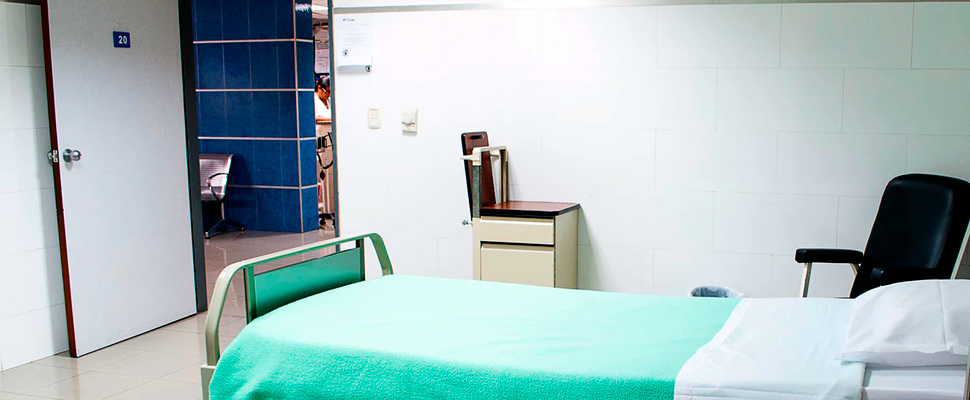A new model for end of life care
The program might make an important contribution to lowering health costs and helping terminally ill patients spend more of their time at home

Listen to this article
Hospital bed / Reference image – Unsplash
Reuters | Cate Long
The UCLA Center for Health Policy Research has published the results of a study that showed a new program for children resulted in fewer days spent in the hospital, lower medical costs and a higher satisfaction rate by families and care coordinators.
The tiny "Partners for Children" California public health program increased home and community-based care for terminally ill children on Medicaid – largely by removing a six-month time limit for how early children with terminal conditions can enter hospice care – and it has shown very promising results. If the program results can be replicated on a larger scale, the program might make an important contribution to lowering health costs and helping terminally ill patients spend more of their time at home.
California Healthline describes the background of the program:
“In 2010, the state opened the program to more than 135 families covered by Medi-Cal (California’s version of Medicaid) in 11 counties.
Individuals up to 21 years old who had been diagnosed with life-threatening illnesses, such as cystic fibrosis, cancer and neuromuscular and cardiac disorders, were eligible to participate in the program.
As part of the program, participants’ families are assigned a liaison who coordinates the child’s care and are given 24-hour access to a nurse familiar with the child’s situation.
Typically, Medicaid beneficiaries are eligible for both treatment and hospice care only when a child has six months or less to live. However, the pilot program operates under a federal waiver that allows it to avoid this requirement.”
The UCLA Center for Health Policy Research study found that the program had savings of approximately 11 percent per patient:
Also read: New international moon race could define humanity's future: Peter Apps
“Cost savings were driven by reductions in the volume of inpatient care, in which post-enrollment expenditures were US$3,571 lower than before enrollment-a 35 percent reduction in hospital stay costs. However, these cost savings were partially offset by increases in expenditures on services outside the hospital, most notably a 34 percent increase (US$1,398) in outpatient costs and a 35 percent increase (US$495) in outpatient pharmaceutical costs.”
Despite the offset, the overall cost savings suggest that the program appears to be reducing expensive inpatient care and replacing it with less expensive community-based and outpatient care.”
Reducing medical expenses is a key priority for federal and state government. This program achieved this goal. The families, who have the most emotionally at stake, were satisfied with the more flexible rules. From the UCLA study:
“Survey data showed high satisfaction with the program overall and with each of the individual services among both families and providers. When asked to rate the PFC program overall on a scale from zero to 10, where 10 indicates excellent care, families and the California Children’s Services Nurse Liaisons (CCSNLs) (the liaisons among all agencies involved in the program) rated the PFC services at close to 10 (average 9.6 and 9.8, respectively).”
Medical costs for end of life care consume a significant portion of public spending on healthcare. Small pilot programs like Partners for Children are a welcome beacon for change that puts the patients and families at the center of the process.





